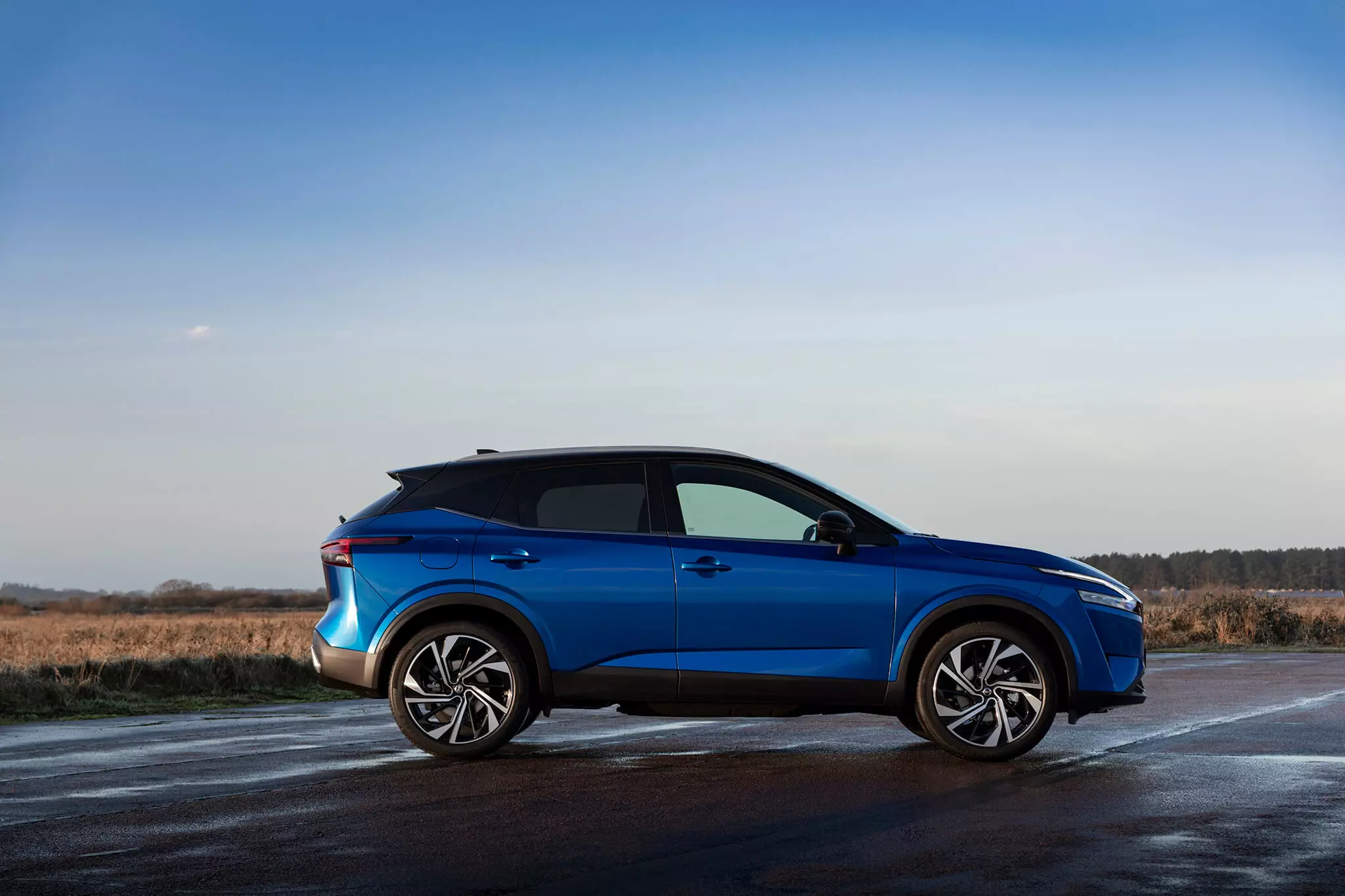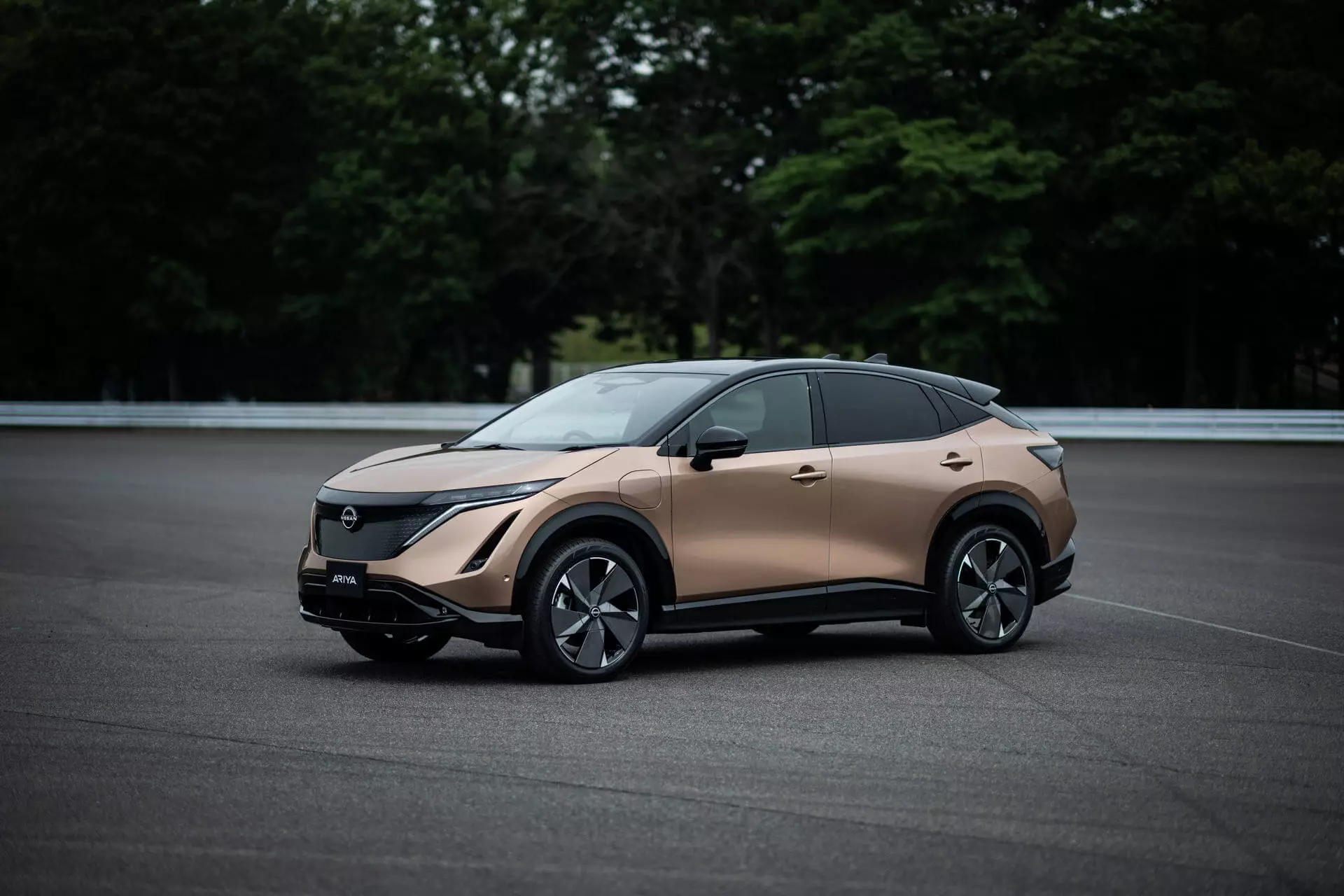Recently unveiled, the third generation of Nissan Qashqai it will only feature electrified gasoline engines — there won't be Diesel engines — one will be mild-hybrid and the other, the intriguing e-Power, will be truly hybrid. It is, however, a conventional hybrid and not a plug-in (external charging) hybrid.
Even given the “explosive” growth of plug-in hybrid sales in Europe in 2020, according to Arnaud Charpentier, Nissan Europe's vice president of product marketing, there are no intentions to go forward with such a Qashqai.
Despite the general market drop (-23.7%), sales of plug-in hybrids took a giant leap of 210%, totaling almost 620,000 units. And it is the segment where the new Nissan Qashqai competes that most contributes to its growth in the “old continent”.

So why not release a plug-in hybrid Qashqai?
It was during the presentation of the new generation of the popular crossover that Arnaud Charpentier justified the decision: “We made such big improvements with this engine that we decided that a PHEV would not bring any real benefit to the consumer”. He concluded by saying that a PHEV would be “much more expensive”.Subscribe to our newsletter
We remind you that plug-in hybrids have several advantages, even though they are more expensive compared to conventional hybrids, both in terms of current regulations (they benefit like electric ones in the emission bills, if they are below 50 g/km), as well as in terms of level of taxation (many countries benefit fiscally).
Is Nissan wasting an opportunity? The goals are ambitious for the new generation of Qashqai. Nissan intends to regain the leadership of the segment that it lost to Volkswagen Tiguan. A proposal that has a more comprehensive mix of engines: in addition to gasoline and diesel engines, it also gained a plug-in hybrid version.
And there are many rivals to Qashqai who already have them or will. From the PHEV sales leader, the Mitsubishi Outlander, to the Peugeot 3008, Citroën C5 Aircross, Opel Grandland X, Hyundai Tucson and Ford Kuga.
e-Power is enough
However, Nissan decided to focus only on the e-Power hybrid version. It is a series hybrid, a solution that is somewhat unusual not only in the segment, but also in the industry. In other words, it is the electric motor that is solely connected to the drive shaft, while the combustion engine — in this case an unprecedented 1.5 turbo with 154 hp — serves only as a generator. Only Honda has a similar system in the CR-V, although, in a specific context (high speed), the combustion engine can be connected to the drive axle.
Other potential hybrid rivals such as the Toyota RAV4, Ford Kuga or the new Hyundai Tucson Hybrid are, on the other hand, parallel or series-parallel hybrids. In this case, both the internal combustion engine and the electric motor are connected to the drive shaft, with the two engines running in… parallel.
Whether or not the absence of a plug-in hybrid engine (or even a Diesel) affects the commercial career of the new Nissan Qashqai will have to wait for its future commercialization, which will start in the summer.

However, the offer of crossover or electrified SUV will not be limited to the new Qashqai. Nissan will also launch this year the Ariya, its new and unprecedented 100% electric SUV for which it also has no lack of ambition: the Japanese brand hopes that it will become its best-selling electric, surpassing even the Leaf.
